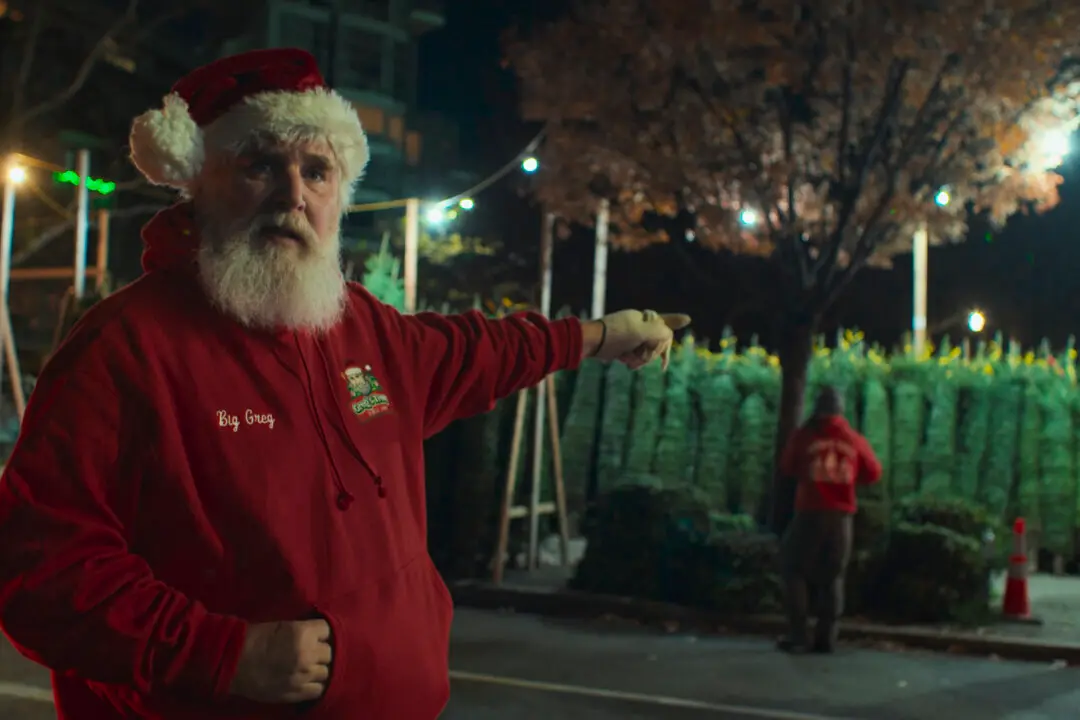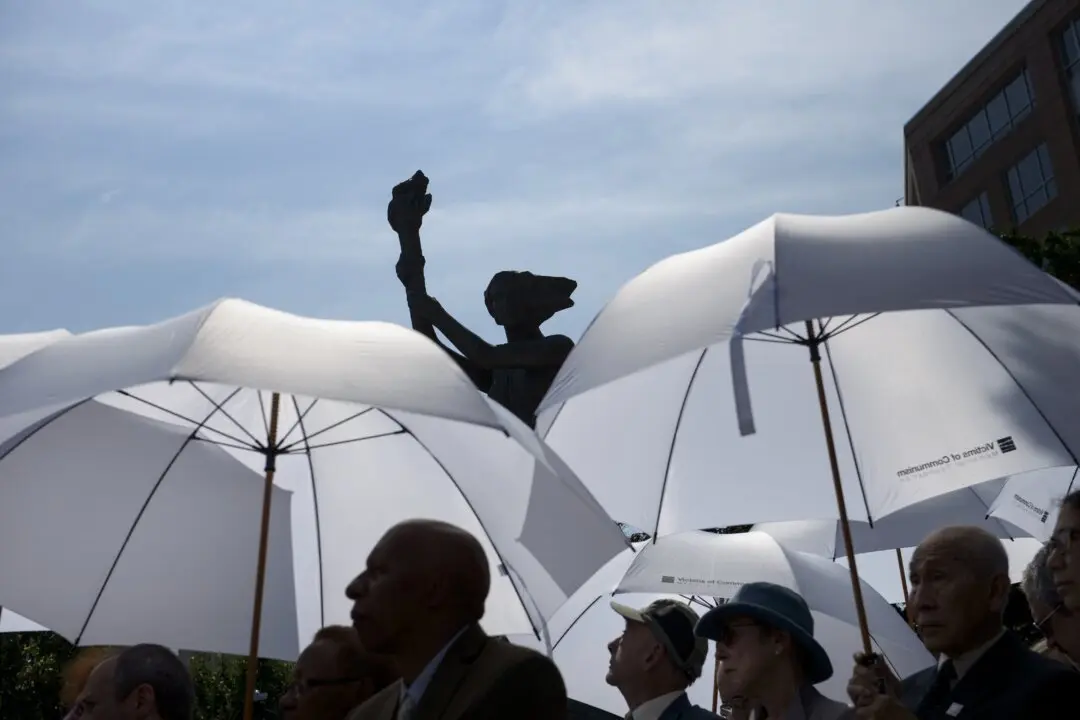NR | 2h 2min | Drama | 1941
Frank Capra’s “Meet John Doe” (1941) is about how our trust in the basic goodness of people can help us live by facing, rather than fleeing, our deepest anxieties. Equally, it’s about how cynicism can lead us to die under the weight of these very anxieties.




